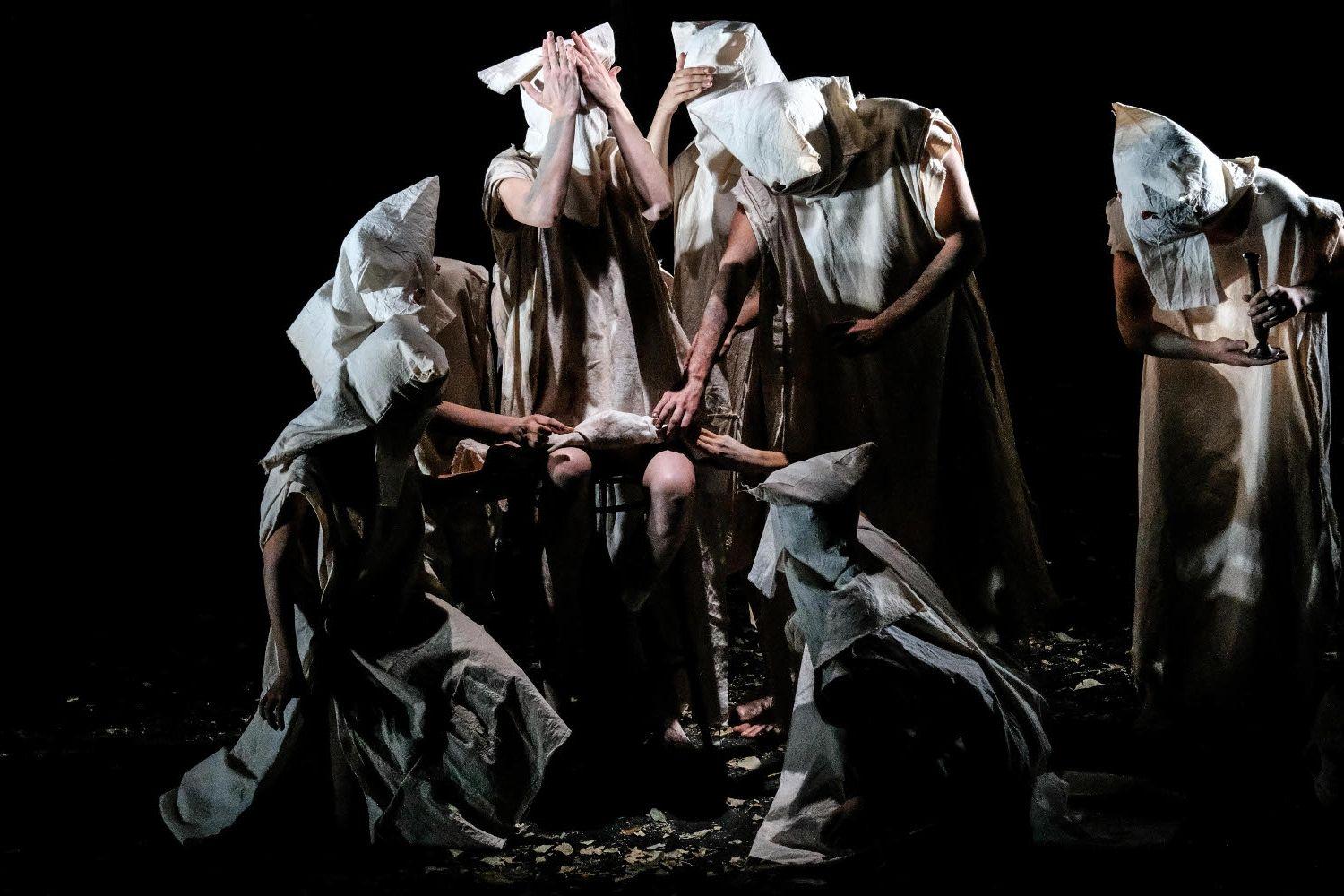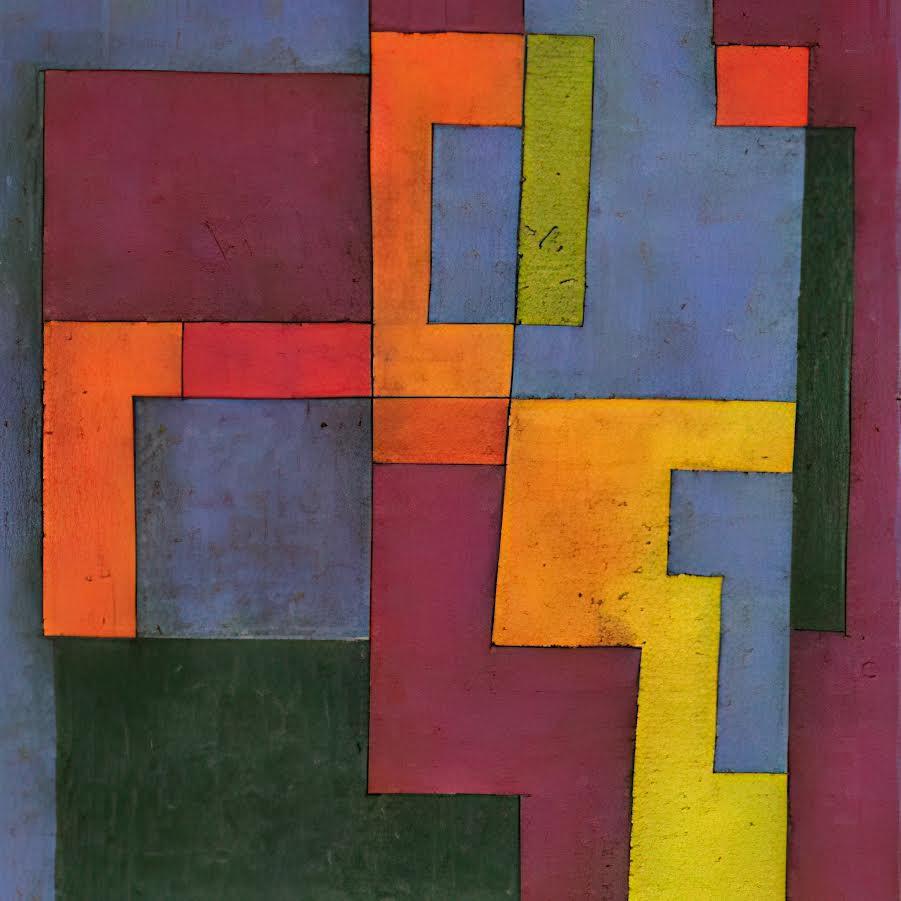AUTO_NOMOS
completedFellowship

SummaryAUTO_NOMOS is a research on cars, crashes and VRs. Starting from the piece 'The One-Legged Runner' by playwright Katharina Schmitt, it investigates transmissions between performative environments as well as theatrical tools of staging and VR-technology with a strong focus on sound and (choreographic) interaction design.
AUTO_NOMOS critically revisits the dispositives of western history of technological progress, its phantasms, desires and catastrophes, and takes the car as an complex allegory of the latter. Within the virtual environments AUTO_NOMOS suggests, the car becomes a vehicle for an aesthetical and poetic reflection on proxy desires and phantasies of self- optimization induced by modern technology as well as the infrastructures and ecologies of life, phantasy and drive connected to them.
Research Questions
To find productive and interesting ways of transmissions between performative questions of embodiment and disembodiment, presence etc. and the virtual space, specifically virtual reality environments as predesigned interfaces of embodied first person experience.
How can one use the critical knowledge within performance and live- arts, its knowledge about perceptive, sensorial and affective questions, its aesthetical strategies of staging to design virtual environments which allow a conscious and non - illusionist experience of immersive potentials.
How can the virtual spaces of visuality, sound and the imaginary landscapes of text converge within VR, how can they productively disrupt each other? And do the (perceived) gaps of such disruptions leave or open up potentials for interaction, freedom of somatic experience or inter- passive enjoyments?
Overall: which interesting ways exist to explore cross- medial forms of staging theatrical and performative contents in a new digital medium? Which unknown ways of story-telling and aesthetic experience can emerge, which simultaneously are able to question the medium's tendency towards a totally closed and illusionistic fictional environment?
How To...
As one of the starting points, we developed several “worlds” in unity, where we combined spatial design, scripted behaviors of the elements and animations. We think of these “worlds” as of virtual scenographies and described it as frameworks or infrastructures of possible/potential experiences, sensations and actions. Like a stage-design in a real-world-theatre-production, these virtual scenographies where inspired by the theatre piece as well as the creative concept and especially the sound design, which developed in parallel.
At the same time, the virtual scenographies influenced the dramaturgy, the treatment of the text etc. After exploring and unfolding these scenographies in “open worlds” we narrowed down the open structure of the spaces and implemented a sequential order and a timeline-based structure, where the scripted behaviors / scenographical mechanics where one of the building blocks. Here are some examples of these scenographical scripts:
The VR Body
A quite big part of the work was to create a good working VR-Body. By VR-Body we refer to the avatar, that is attached to the player and controlled by the player as his “own” body. We called it “inhabiting a puppet” and tried to get the feeling of “having” a body in VR as organically glitchy as possible.
The Viewpoint Traveler:
Enables the VR-camera (which is always at the same time tracked by the movements of the players head) to travel in and out of the VR-body. So that the player can for example look herself from outside or merge with another vr-body or (animated)avatar. This script was created to experiment with Out-Of-Body-Experiences and with a feeling of synchronically having a first, second and third-person perspective.
The Looping Walker:
A VR-Rig, that adjusts to floors in every rotation/world orientation, so that you can for example walk a road, that bends in a vertical loop. With the help of that script you also can for example teleport on every face of a cube so that a wall or a ceiling can get your new floor. So the script creates possibilities in the virtual world, that are not there in the real world, but very interestingly, this feeling of freedom disappears after a while and makes place for an uncanny feeling of a dead end or a never ending race.
The Movement Blender:
This script is about the VR-body. With the help of that script, we can blend in animation-data (for example of mocap recordings) and “occupy” the VR-body. This “occupation” can be related to certain rules, like: if you move your arms fast enough, the movement of “your” VR-body is synchronized, but if you move slow or stop moving, animation data takes over and controls the movement of your arms. This script dissociates the feeling and the seeing of a body, that is supposed to be “mine”.
VR-Gesture-Recognizer
Training a VR with gestures and movement-qualities, that then will be recognized, to trigger or conduct certain reactions.





